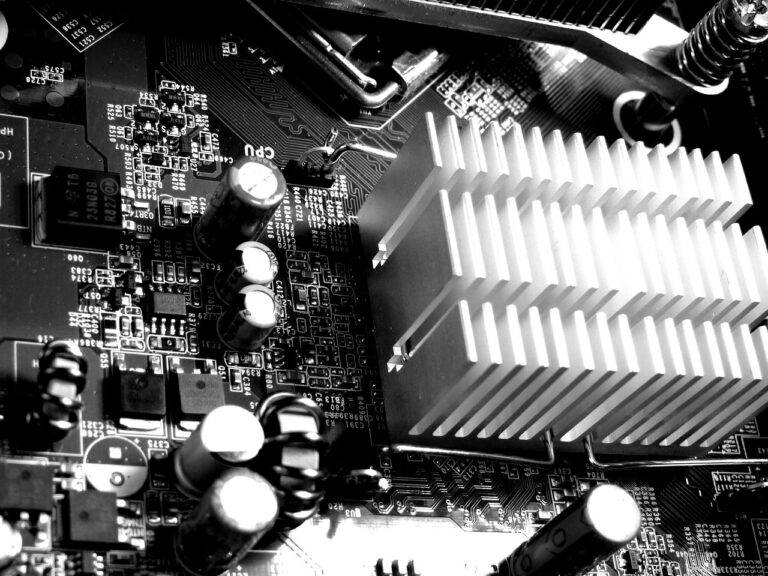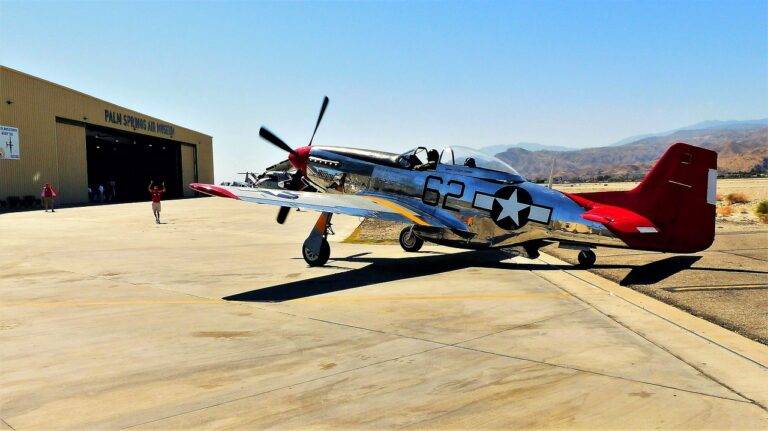The Role of Tech in Disaster Response: Drone-based Search and Rescue Operations
Drone technology has significantly improved disaster response efforts by providing crucial aerial support to emergency teams on the ground. Drones equipped with cameras and sensors can quickly assess the extent of damage in hard-to-reach areas, enabling responders to plan their interventions effectively. This real-time data can help prioritize resources and identify areas that require immediate attention, ultimately leading to more efficient and timely assistance for affected communities.
Moreover, drones play a vital role in ensuring the safety of both responders and survivors during disaster situations. By deploying drones for reconnaissance and monitoring purposes, emergency teams can minimize risks associated with navigating hazardous environments. The aerial perspective offered by drones allows for better coordination and decision-making, leading to more successful search and rescue missions.
How Drones Can Provide Aerial Surveillance in Emergency Situations
Unmanned aerial vehicles, commonly known as drones, play a crucial role in providing aerial surveillance during emergency situations. These versatile aircraft can swiftly navigate through various terrains and reach areas that may be challenging for ground teams to access. Equipped with advanced cameras and sensors, drones can capture real-time footage and relay vital information to response teams on the ground.
In times of natural disasters or man-made emergencies, drones offer a bird’s eye view of the affected area, helping authorities assess the extent of damage and plan their response accordingly. The ability of drones to cover large areas quickly and efficiently makes them invaluable tools for monitoring the situation, identifying hazards, and coordinating rescue efforts. Additionally, drones can provide crucial data for decision-making, allowing responders to prioritize tasks and allocate resources effectively.
The Use of Thermal Imaging on Drones for Search and Rescue Missions
Thermal imaging technology has become a vital tool in search and rescue missions conducted by drones. By detecting heat signatures, drones equipped with thermal cameras can locate individuals in remote or hazardous environments where visibility may be limited. This capability significantly speeds up the search process and increases the chances of finding missing persons in time-critical situations.
The use of thermal imaging on drones also enhances the safety of search and rescue teams by providing real-time data without putting additional lives at risk. With the ability to scan large areas quickly and efficiently, drones equipped with thermal cameras can cover vast terrains in a fraction of the time it would take ground teams. This technology revolutionizes search and rescue operations by improving the overall effectiveness and success rates of missions.





